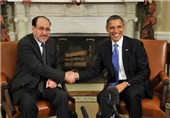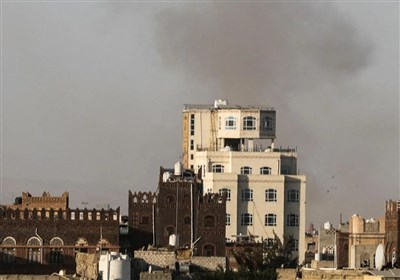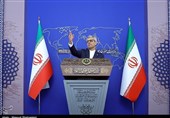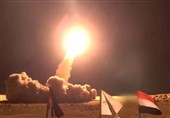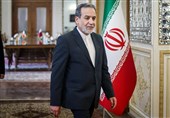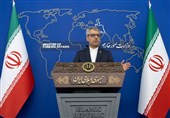Report: Depleted Uranium Weapons Used by US in Iraq's Civilian Areas
TEHRAN (Tasnim) – A report by Dutch peace organization PAX has found that US-led forces in Iraq used depleted uranium (DU) weapons in civilian-populated areas during the 2003 military campaign.
The new Dutch NGO report also exposed a lack of adequate efforts by the invading troops to help clean-up after DU weapons has resulted in Iraqi civilians and workers continuing to be exposed to the radioactive and toxic heavy metal years after the war.
The health risk posed by the inadequate management of Iraq's DU contamination is unclear - neither Coalition Forces nor the Iraqi government have supported health research into civilian DU exposure.
High risk groups include people living near, or working on, the dozens of scrap metal sites where the thousands of military vehicles destroyed in 1991 and 2003 are stored or processed.
Waste sites often lack official oversight and in places it has taken more than a decade to clean-up heavily contaminated military wreckage from residential neighborhoods. Hundreds of locations targeted by the weapons, many of which are in populated areas, remain undocumented and concern among Iraqi civilians over the potential health effects from exposure is widespread.
"To help clean-up we urgently need to know the location and quantities of DU fired," says the report's author Wim Zwijnenburg.
"The Iraqi government is also in dire need of technical support to help manage the many scrap metal sites where contaminated vehicles are stored".
The ongoing refusal by the US to release targeting information continues to hinder the assessment and management of DU in Iraq.
A handful of US coordinates held by the Dutch Ministry of Defense and released via Freedom of Information show that US aircraft used DU weapons against a far wider range of targets than previously suspected, including Iraqi troops.
The US and UK have long argued that DU is only for use against armored vehicles. The Iraqi government has recently prepared a five year environment plan together with the World Health Organization and UN Environment Programmed; managing DU is a strategic objective but the report finds that it is unclear how this will be accomplished without international assistance.
DU, a by-product of uranium enrichment is categorized as intermediate level radioactive waste, contaminated rubble and scrap as low-level radioactive waste. The new study finds that international guidelines for dealing with both kinds of waste were ignored and that the Iraqi government did not have the technical capacity to safely manage the contamination.
Unlike anti-personnel landmines and other explosive remnants of war, no treaty currently obliges depleted uranium (DU) users to help clean-up after themselves. Yet civil radiation protection standards place the responsibility firmly at the door of the polluter.
As with DU contamination, the controversy surrounding the use of the weapons refuses to go away. This October the United Nations General Assembly will consider a fifth resolution on the issue. In 2012 a similar text was supported by 155 governments and opposed by just the US, UK, France and Israel.
"The lack of obligations governing the post-conflict clearance of DU must be addressed by the international community," said Doug Weir, Coordinator of the International Coalition to Ban Uranium Weapons.
"States recovering from conflict are rarely in a position to protect their own people from these toxic remnants of war.”

